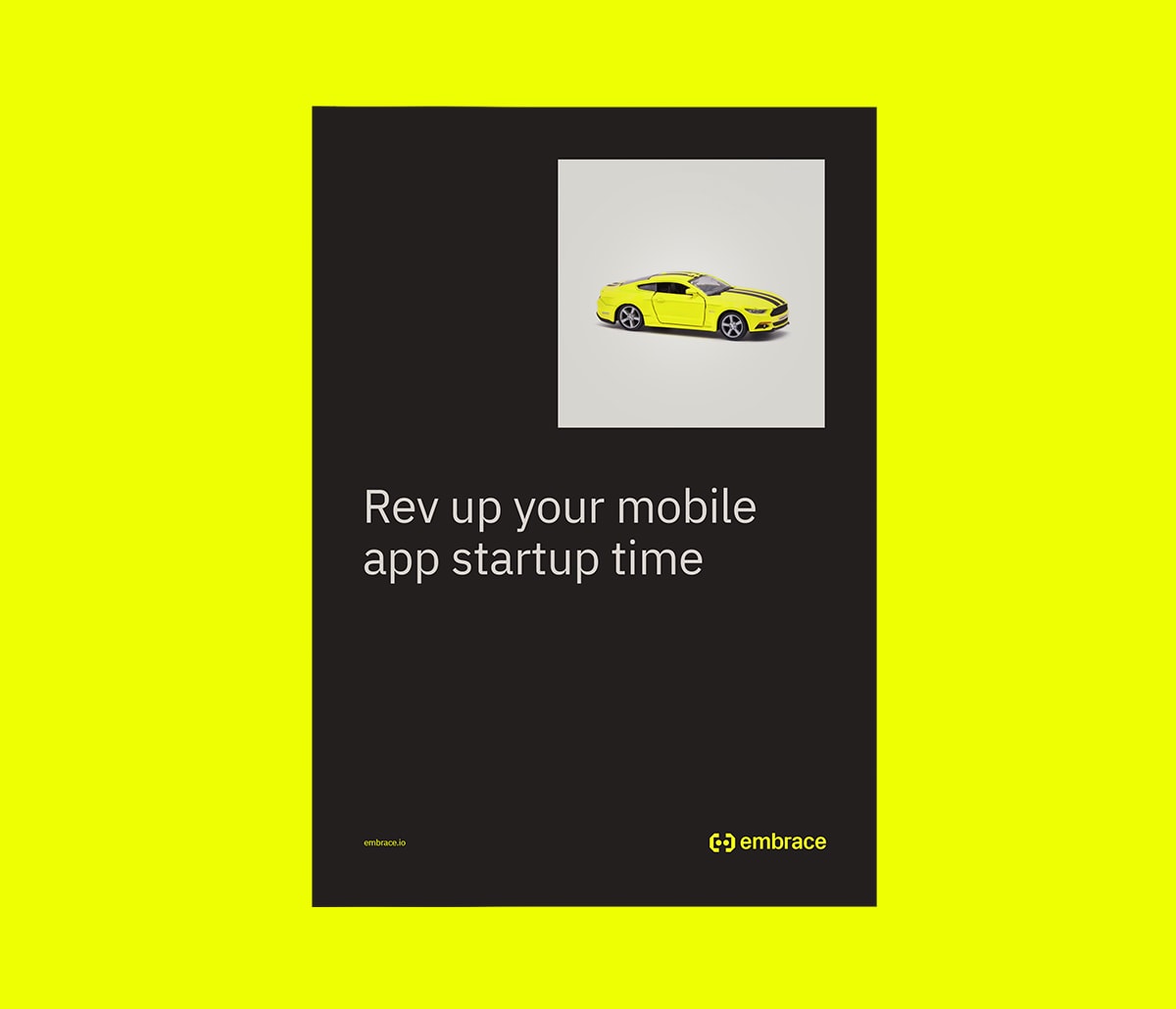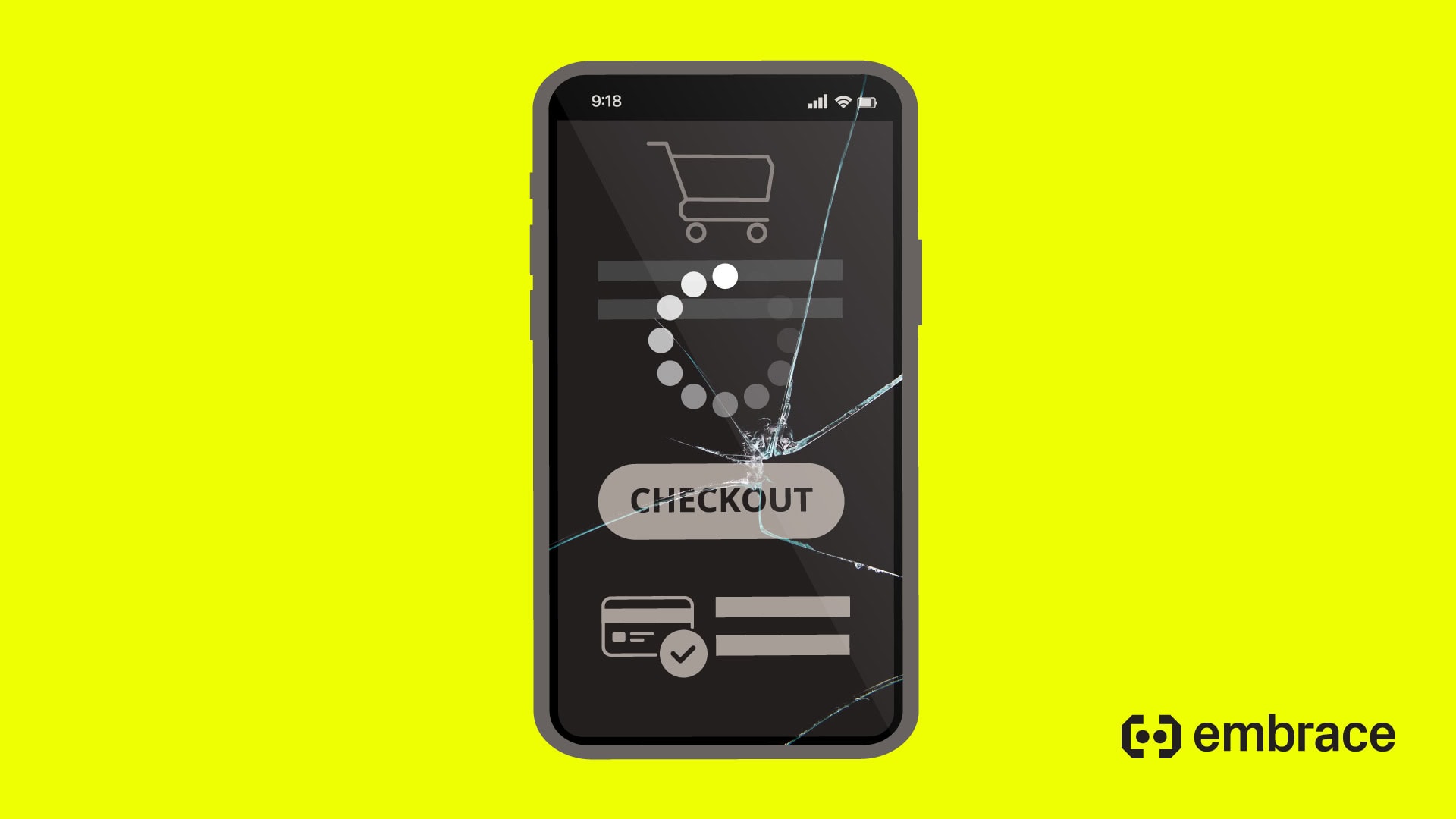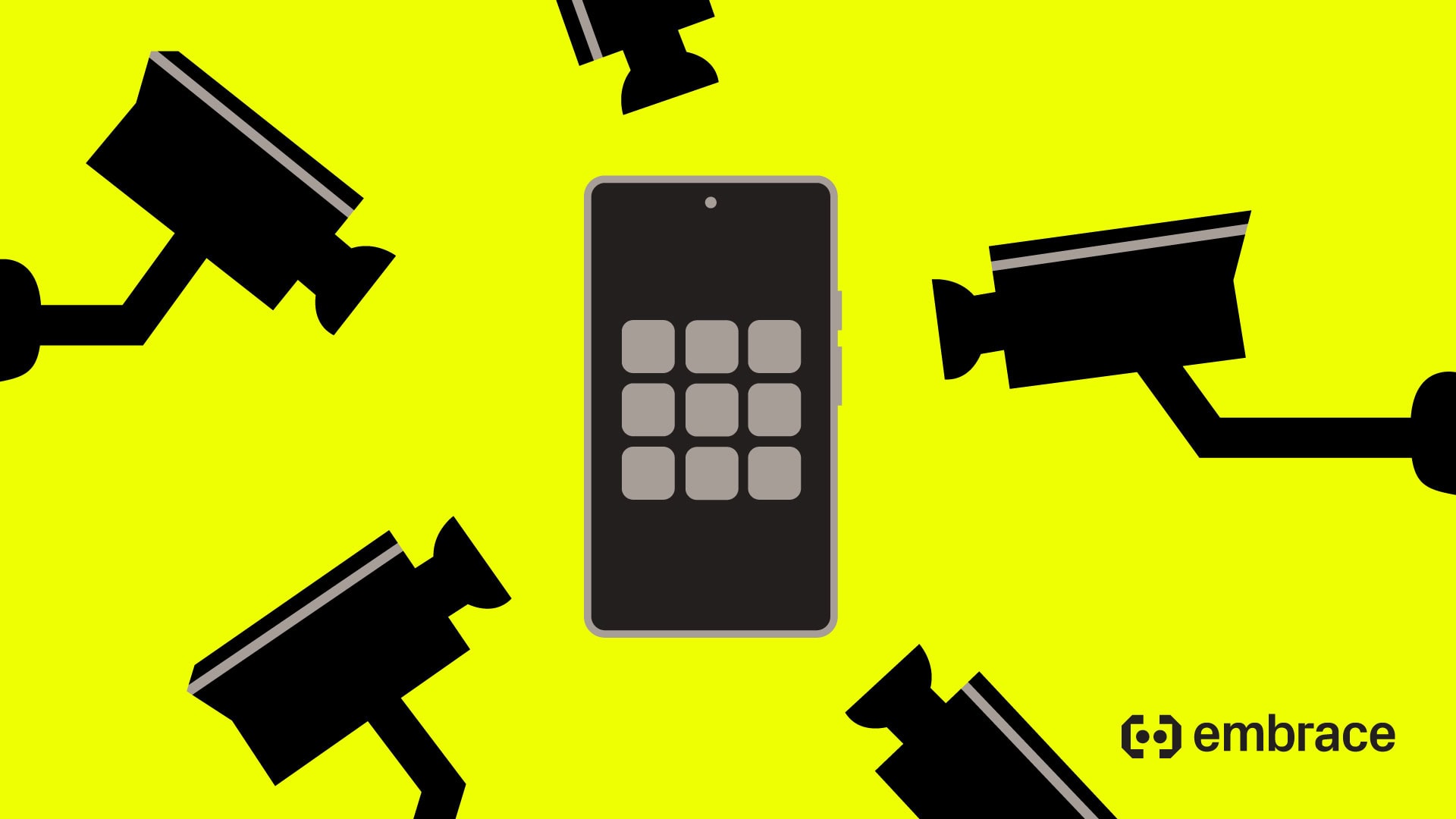The modern mobile landscape is so competitive that you should not expect any second chances. You must nail the first impression, which starts with how long it takes a user to launch your mobile app. The more seamless the first experience, the more likely a user will convert into a loyal, repeat customer.
The growth of mobile has greatly accelerated since COVID, which amplified the dependence on mobile technology in tandem with the expectations for it. The way to meet those heightened expectations is to start off on the right foot by following this guide to improving mobile app startup time.
After all, you cannot rely on feature differentiation alone to outshine your competition. In an increasing crowded mobile market, you must also differentiate on performance.
Failing to optimize your app startup time will lead to lost opportunities, users, and revenue. What’s worse, your loss is your competitor’s gain.
This eBook reveals seven common culprits of slow app startups:
- Third-party network calls blocking critical first-party APIs
- Network congestion
- Device-side connection and timeout errors
- Poor caching and re-downloading unnecessary assets
- Excessive networking calls and poor retry logic
- Entering new markets
- Measuring and optimizing user experience — yes, really
The good news is that this eBook provides solutions for these problems. The bad news is that these issues can be difficult to detect and fix, which makes this guide required reading.
In this eBook, you’ll learn best practices for testing, monitoring, and measuring startup time. You’ll also learn how to identify and bridge current tooling gaps. You’ll see how to uncover the root cause of app failures when they stem from a variety of sources, including the code, device state, network connection, and third-party SDKs.
Download this eBook and share it with your team. After all, the only way to have users return again and again is to delight them the first time.





